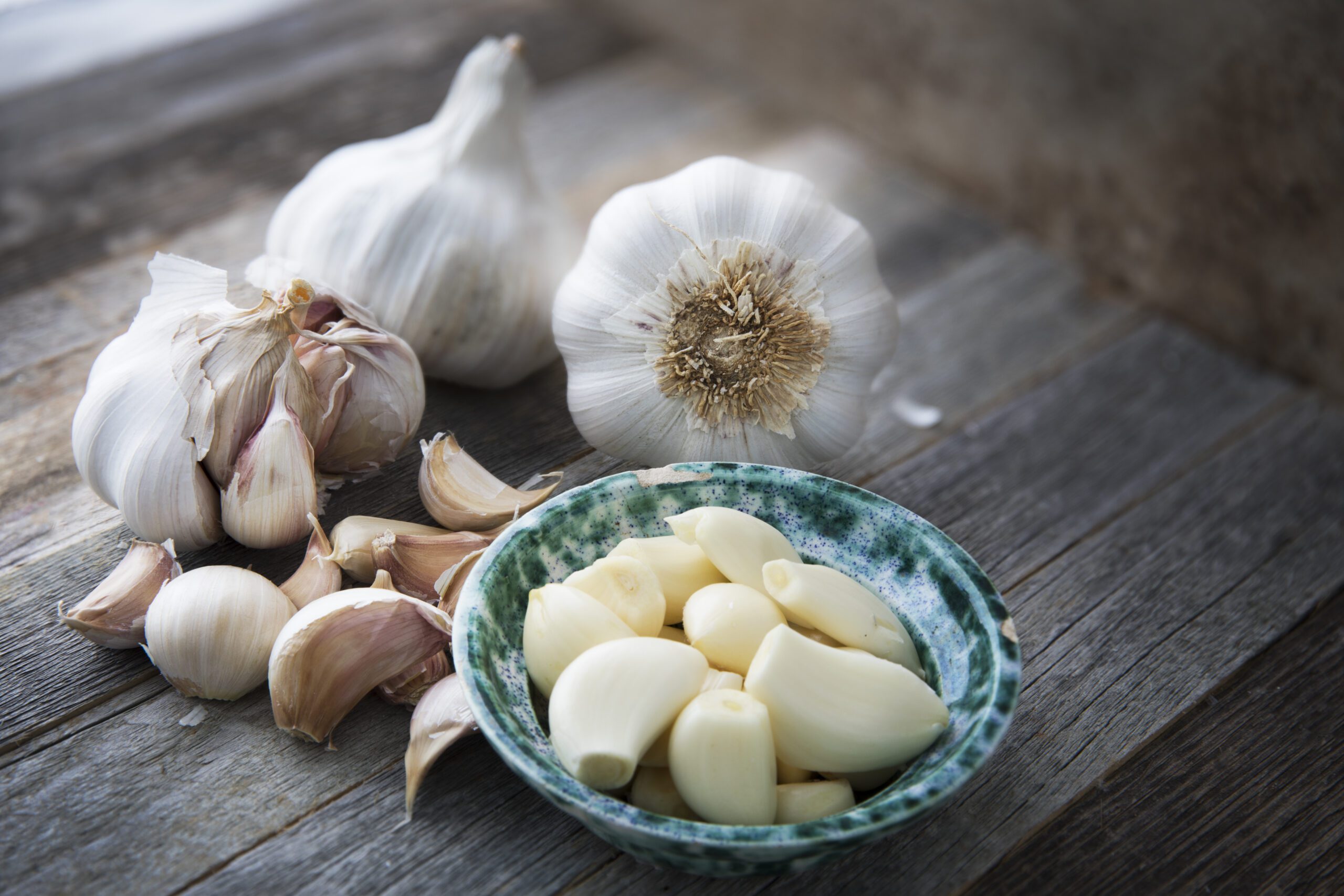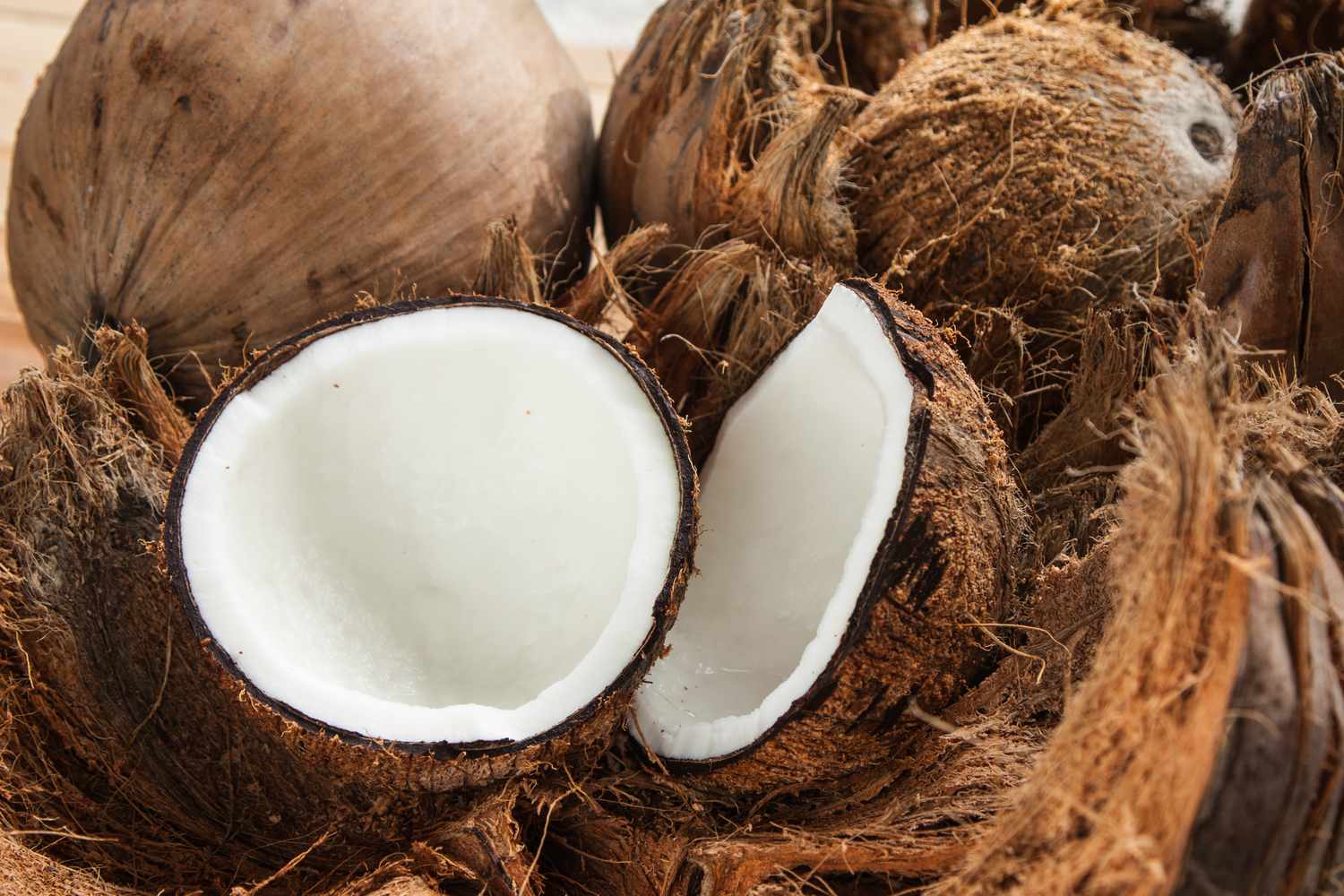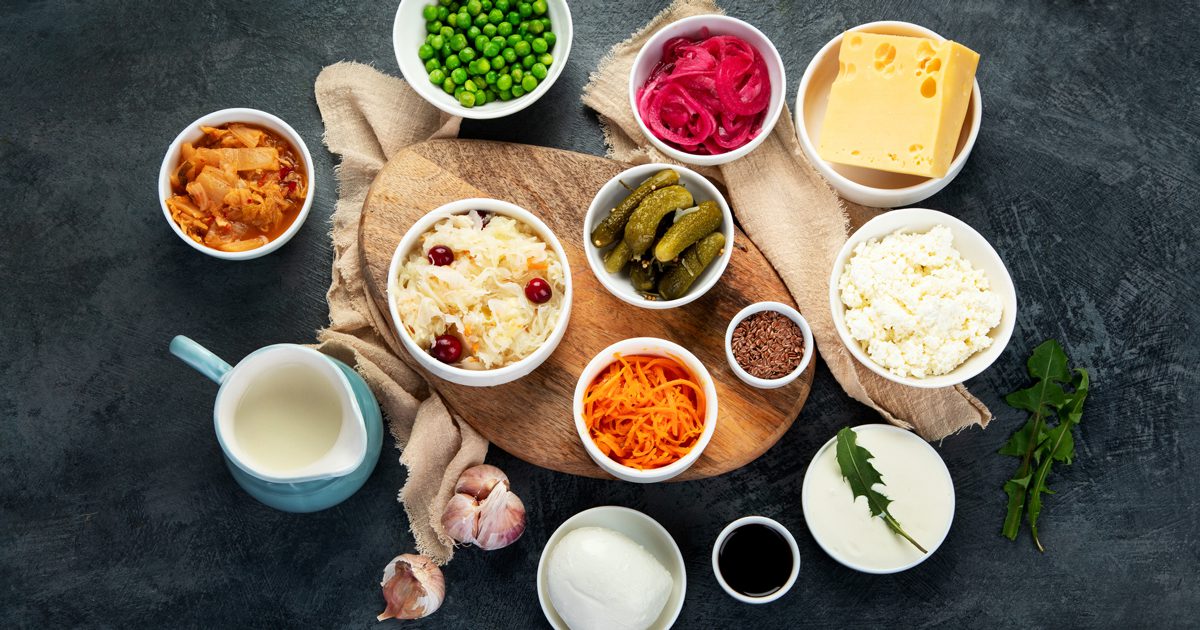Intermittent Fasting Benefits Combined with Chiropractic Care
Find out how chiropractic care and intermittent fasting work together to promote a healthier lifestyle for many individuals.
Intermittent Fasting and Chiropractic Care: An Integrated Approach to Holistic Wellness
In the pursuit of vibrant health, pain relief, and overall well-being, individuals are increasingly turning to integrative, evidence-based strategies. Two powerful approaches that stand out are intermittent fasting (IF) and chiropractic care. When combined, these methods create a synergistic effect, promoting weight loss, reducing inflammation, optimizing metabolic health, and supporting the body’s natural healing processes. This comprehensive guide, designed for those seeking a holistic approach to wellness, explores what intermittent fasting is, its various types, its scientifically supported benefits, and how it integrates with chiropractic care to address musculoskeletal issues, enhance recovery from injuries, and foster long-term health. The article includes practical meal plans for fast days and non-fast days, along with clinical insights from Dr. Alexander Jimenez, DC, APRN, FNP-BC, a leading chiropractor and integrative medicine practitioner based in El Paso, Texas.
This guide emphasizes nonsurgical treatments, such as chiropractic adjustments, targeted exercises, massage therapy, acupuncture, and naturopathy, to promote healing, prevent chronic issues, and enhance quality of life through clear patient communication and an integrated, patient-centered approach.
What Is Intermittent Fasting?
Intermittent fasting (IF) is an eating pattern that alternates between periods of eating and fasting, focusing on when you eat rather than prescribing specific foods. During fasting periods, individuals consume minimal or no calories, allowing the body to utilize stored energy, such as fat, for fuel. Unlike traditional diets, IF prioritizes timing, offering flexibility in food choices while delivering health benefits like weight loss, improved metabolic function, and reduced inflammation, which support holistic wellness (Vasim et al., 2022). This approach is adaptable to various lifestyles, making it an accessible tool for those seeking comprehensive health improvements.
Types of Intermittent Fasting Schedules
Intermittent fasting encompasses several methods, each with unique schedules to suit different preferences and wellness goals. Below are the most common types:
- 16:8 Method (Time-Restricted Feeding)
- Description: Eat all meals within an 8-hour window and fast for the remaining 16 hours each day. For example, eating between 10 a.m. and 6 p.m., then fasting until the next morning.
- Best For: Beginners or those with busy schedules, as it integrates seamlessly into daily routines.
- Example: First meal at noon, last meal by 8 p.m.
- 5:2 Diet
- Description: Eat normally for five days of the week and restrict calorie intake to 500–600 calories on two non-consecutive days.
- Best For: Individuals seeking flexibility without daily fasting.
- Example: Fast on Monday and Thursday, consuming 500–600 calories, and eat normally on other days.
- Alternate-Day Fasting (ADF)
- Description: Alternate between fasting days (no calories or up to 500 calories) and normal eating days.
- Best For: Those seeking intensive fasting for significant health benefits.
- Example: Fast on Monday, eat normally on Tuesday, fast on Wednesday, and so on.
- OMAD (One Meal a Day)
- Description: Consume all daily calories in a single meal within a one-hour window, fasting for the remaining 23 hours.
- Best For: Individuals comfortable with extended fasting and disciplined eating habits.
- Example: Eat one large, nutrient-dense meal at 6 p.m., fast until 6 p.m. the next day.
- Extended Fasting
- Description: Fast for 24 hours or longer, typically done once or twice a week.
- Best For: Advanced fasters or those under medical supervision for specific wellness goals.
- Example: Fast from dinner one day to dinner the next (24-hour fast).
Each method can be tailored to support holistic health goals. Consulting with a healthcare professional ensures the chosen approach aligns with individual needs (Jimenez, 2025a).
Benefits of Intermittent Fasting
Intermittent fasting offers a wide range of health benefits, supported by robust scientific research and clinical evidence, many of which enhance musculoskeletal health and overall wellness. Below are key advantages:
- Weight Loss and Fat Reduction
IF promotes weight loss by reducing calorie intake and encouraging fat-burning, which alleviates stress on joints and the spine. A systematic review found that IF led to significant weight loss in overweight individuals, comparable to traditional calorie restriction diets (Welton et al., 2020). A study on time-restricted feeding showed reduced fat mass while preserving muscle mass, supporting mobility and function (Moro et al., 2016). - Improved Metabolic Health
IF enhances insulin sensitivity, lowers blood sugar levels, and reduces the risk of type 2 diabetes, supporting overall energy and vitality. Research highlights that IF induces fatty acid metabolism to ketones, reducing markers of metabolic syndrome (Vasim et al., 2022). - Reduced Inflammation
Chronic inflammation contributes to musculoskeletal pain and chronic diseases. IF reduces inflammatory markers like interleukin-6 and tumor necrosis factor α, aiding pain management and tissue repair (Moro et al., 2016). - Enhanced Cardiovascular Health
IF improves blood lipid profiles, lowers blood pressure, and reduces cardiovascular risk factors, supporting overall physical function. Studies show it positively impacts cardiovascular health by improving dyslipidemia and reducing blood pressure (Malinowski et al., 2019). - Improved Brain Health and Cognitive Function
IF promotes autophagy (cellular cleanup) and reduces oxidative stress, supporting neurological health. It has been linked to improved memory and delayed progression of neurological diseases (Liu et al., 2023). - Increased Longevity
IF may extend lifespan by activating cellular repair pathways and reducing aging-related damage, supporting long-term wellness. It enhances longevity by supporting tissue-specific microbiomes and minimizing apoptosis (Reddy et al., 2024). - Improved Quality of Life
Individuals practicing IF report high satisfaction and happiness, with minimal side effects like headaches or lethargy that typically resolve without medical intervention (Shalabi et al., 2023). IF also reduces cravings for unhealthy foods and improves appetite control. - Support for Chronic Pain Management
IF may alleviate chronic musculoskeletal pain by reducing inflammation and improving metabolic function. Some studies show improved pain outcomes with IF, particularly for conditions like low back pain or joint issues, though results vary (Cuevas-Cervera et al., 2022).
Clinical Rationale for Combining Intermittent Fasting with Chiropractic Care
Chiropractic care, rooted in integrative medicine principles, focuses on restoring spinal alignment and musculoskeletal function to enhance the body’s natural healing capabilities. When paired with intermittent fasting, this approach amplifies benefits, particularly for managing pain, inflammation, and injuries from motor vehicle accidents (MVAs), sports, or daily activities. Below is the clinical rationale, informed by Dr. Alexander Jimenez’s expertise:
- Reduction of Inflammation
IF reduces systemic inflammation by lowering inflammatory markers, while chiropractic adjustments correct spinal misalignments, reducing nerve irritation and localized inflammation. This dual approach accelerates recovery from injuries like sciatica, neck pain, or low back pain (Jimenez, 2025b). - Enhanced Nervous System Function
Chiropractic care optimizes nervous system function by correcting subluxations, improving brain-body communication. IF supports this by promoting autophagy, clearing damaged cells, and enhancing neural health, creating an optimal environment for pain relief and recovery. - Improved Metabolic Efficiency
IF enhances insulin sensitivity and fat metabolism, reducing musculoskeletal strain from excess weight. Chiropractic care complements this by improving joint mobility and reducing mechanical stress, leading to better energy levels and less pain (Jimenez, 2025a). - Support for Natural Healing
Chiropractic care removes nervous system interference, promoting innate healing, while IF redirects energy from digestion to repair during fasting periods. This combination is effective for soft tissue injuries, spinal issues, or chronic conditions. - Holistic Pain Management
Chronic pain often stems from inflammation, poor posture, and metabolic imbalances. IF addresses metabolic and inflammatory components, while chiropractic care corrects structural issues. Dr. Jimenez’s integrative approach, including targeted exercises, massage therapy, acupuncture, and naturopathy, enhances these benefits by improving circulation, reducing muscle tension, and supporting overall wellness (Jimenez, 2025c). - Patient-Centered Care and Communication
Clear communication is central to Dr. Jimenez’s integrative approach. By educating patients about IF and chiropractic care, he empowers them to participate actively in their recovery, improving adherence and outcomes (Jimenez, 2025a).
Nonsurgical Treatments and Integrative Medicine
Nonsurgical treatments, including chiropractic adjustments, targeted exercises, massage therapy, acupuncture, and naturopathy, form the foundation of integrative care for musculoskeletal injuries and chronic conditions. These therapies complement IF by addressing the root causes of pain and dysfunction, promoting long-term healing through a patient-centered, holistic approach.
- Chiropractic Adjustments
Adjustments correct spinal misalignments, improve joint mobility, and reduce nerve irritation, making them effective for conditions like sciatica, neck pain, and whiplash-associated disorders (WAD) from MVAs (Jimenez, 2025d). - Targeted Exercises
Specific exercises strengthen supporting muscles, improve flexibility, and enhance posture. For example, core-strengthening exercises stabilize the spine, reducing the risk of recurrent injuries (Jimenez, 2025e). - Massage Therapy
Massage therapy reduces muscle tension, improves circulation, and promotes relaxation, complementing IF’s anti-inflammatory effects. It’s particularly effective for soft tissue injuries and chronic pain (Jimenez, 2025f). - Acupuncture
Acupuncture stimulates specific points to reduce pain, improve energy flow, and promote healing, enhancing IF’s benefits for stress reduction and metabolic balance (Jimenez, 2025a). - Naturopathy
Naturopathy incorporates nutrition, lifestyle changes, and natural therapies to address the whole person. IF aligns with this model by supporting metabolic health and reducing systemic stress, enhancing recovery from injuries (Jimenez, 2025g).
These therapies, combined with IF, create a comprehensive framework for healing, preventing chronic issues, and improving quality of life through patient education and personalized care.
Functional Medicine’s Influence Beyond Joints- Video
Examples of Fast Days and Non-Fast Days
Below are practical meal plans for fast days and non-fast days, designed to be approachable for individuals seeking holistic wellness. These align with recommendations from Dr. Jimenez’s article on intermittent fasting (Jimenez, 2025a).
Fast Day Meal Plan (500–600 Calories, 5:2 Diet)
Goal: Consume 500–600 calories in one or two meals, prioritizing high-protein, low-carb, nutrient-dense foods to maximize satiety and support wellness.
Sample Day (Single Meal):
- Dinner (6 p.m., 500 calories):
- Grilled chicken breast (4 oz, 187 calories)
- Steamed broccoli with a teaspoon of olive oil and lemon juice (2 cups, 100 calories)
- Mixed green salad with cucumber and vinegar dressing (1 cup, 50 calories)
- Greek yogurt (plain, non-fat, 3/4 cup, 100 calories)
- Black coffee or herbal tea (0 calories)
Total: ~437 calories
Tips:
- Avoid snacking to maximize fasting benefits.
- Choose high-volume, low-calorie vegetables for satiety.
- Include small amounts of healthy fats for fullness.
Alternative (Two Mini-Meals):
- Lunch (1 p.m., 250 calories):
- Hard-boiled egg (1, 78 calories)
- Spinach salad with cherry tomatoes and balsamic vinegar (1 cup, 50 calories)
- Grilled shrimp (3 oz, 120 calories)
- Dinner (6 p.m., 250 calories):
- Baked salmon (3 oz, 175 calories)
- Steamed asparagus (1 cup, 40 calories)
- Herbal tea (0 calories)
Total: ~463 calories
Non-Fast Day Meal Plan (Normal Eating)
Goal: Eat balanced, nutrient-dense meals without overeating, focusing on whole foods to support recovery and health.
Sample Day:
- Breakfast (8 a.m.):
- Oatmeal with almond milk, topped with berries and chia seeds (1 cup, 300 calories)
- Black coffee (0 calories)
- Lunch (1 p.m.):
- Grilled turkey wrap with whole-grain tortilla, avocado, lettuce, and tomato (400 calories)
- Side of raw carrots and hummus (1 cup carrots, 2 tbsp hummus, 150 calories)
- Snack (4 p.m.):
- Apple with almond butter (1 tbsp, 200 calories)
- Dinner (7 p.m.):
- Baked cod with quinoa and roasted Brussels sprouts (450 calories)
- Mixed green salad with olive oil and lemon dressing (100 calories)
- Dessert:
- Dark chocolate (1 oz, 170 calories)
Total: ~1,770 calories (adjust based on individual needs)
- Dark chocolate (1 oz, 170 calories)
Tips:
- Listen to hunger cues, as IF may reduce appetite on non-fast days.
- Prioritize lean proteins, vegetables, and healthy fats to support tissue repair.
- Stay hydrated with water, herbal tea, or black coffee.
Practical Tips for Success with Intermittent Fasting
- Start Gradually: Begin with the 16:8 method for an easier transition.
- Stay Hydrated: Drink water, herbal tea, or black coffee during fasting periods to curb hunger and support detoxification.
- Plan Nutrient-Dense Meals: Focus on high-protein, low-carb meals on fast days for satiety (Jimenez, 2025a).
- Avoid Late-Night Eating: Eating earlier aligns with circadian rhythms, enhancing metabolic benefits (Patterson et al., 2017).
- Incorporate Exercise: Light to moderate exercise, like walking or yoga, complements IF, but avoid intense workouts on fast days.
- Monitor Side Effects: Mild side effects like headaches or lethargy are common but usually temporary. Consult a healthcare provider if persistent (Shalabi et al., 2023).
- Collaborate with a Professional: Work with a chiropractor or integrative practitioner to create a personalized plan for holistic wellness.
Potential Risks and Considerations
IF is not suitable for everyone. Pregnant women, individuals with eating disorders, or those with conditions like diabetes should avoid IF or proceed under medical supervision. A study found that combining IF with intense endurance exercise in growing rats impaired musculoskeletal development, suggesting caution for adolescents or those engaging in heavy exercise (Wang et al., 2025). Potential adverse effects in older adults or those with compromised health have also been noted (Liu et al., 2023).
Dr. Jimenez advises patients to listen to their bodies and adjust fasting schedules as needed, with regular check-ins to ensure safety and effectiveness (Jimenez, 2025a).
Integrating Intermittent Fasting into a Holistic Wellness Lifestyle
To maximize the benefits of IF and chiropractic care, adopt an integrative, holistic approach:
- Regular Chiropractic Visits: Schedule adjustments to maintain spinal health and support recovery.
- Balanced Nutrition: Focus on whole, nutrient-dense foods on non-fast days to support tissue repair.
- Stress Management: Practice mindfulness, meditation, or yoga to reduce stress, which can exacerbate pain.
- Adequate Sleep: Aim for 7–9 hours of quality sleep to support recovery and vitality.
- Physical Activity: Incorporate low-impact exercises, such as mobility drills or stretching, to complement IF and chiropractic care.
This integrative model addresses physical, nutritional, and emotional health for lasting wellness (Jimenez, 2025g).
Conclusion
Intermittent fasting and chiropractic care offer a powerful, integrative approach to achieving holistic wellness. IF promotes weight loss, reduces inflammation, and enhances metabolic function, while chiropractic care supports natural healing through spinal alignment and integrative therapies like massage and acupuncture. By following practical meal plans, choosing an appropriate fasting schedule, and working with a trusted practitioner like Dr. Alexander Jimenez, individuals can unlock a path to a pain-free, vibrant life.
For personalized guidance, connect with Dr. Jimenez via LinkedIn or explore integrative care options to start your wellness journey today.
References
- Cuevas-Cervera, M., Abelairas-Gómez, C., Barcala-Furelos, R., & Pérez-Cámara, E. (2022). The effectiveness of intermittent fasting, time-restricted feeding, caloric restriction, a ketogenic diet and the Mediterranean diet as part of the treatment plan to improve health and chronic musculoskeletal pain: A systematic review. International Journal of Environmental Research and Public Health, 19(11), 6698. https://pubmed.ncbi.nlm.nih.gov/35682282/
- de Cabo, R., & Mattson, M. P. (2019). Effects of intermittent fasting on health, aging, and disease. The New England Journal of Medicine, 381(26), 2541–2551. https://pubmed.ncbi.nlm.nih.gov/31881139/
- Jimenez, A. (2025a). Intermittent fasting: When and what to eat | El Paso specialist. El Paso’s Premier Wellness and Injury Care Clinic. https://dralexjimenez.com/intermittent-fasting-when-and-what-to-eat-el-paso-specialist/
- Jimenez, A. (2025b). Spinal health after MVAs and chiropractic care. El Paso’s Premier Wellness and Injury Care Clinic.
- Jimenez, A. (2025c). Chiropractic care benefits for musculoskeletal inflammation. El Paso’s Premier Wellness and Injury Care Clinic.
- Jimenez, A. (2025d). Auto accident insights for safe driving and recovering from WAD. El Paso’s Premier Wellness and Injury Care Clinic.
- Jimenez, A. (2025e). Spinal injury rehabilitation tools for enhanced care. El Paso’s Premier Wellness and Injury Care Clinic.
- Jimenez, A. (2025f). Trigger point therapy MVAs explained for patients. El Paso’s Premier Wellness and Injury Care Clinic.
- Jimenez, A. (2025g). Nutrition for accident injuries during recovery. El Paso’s Premier Wellness and Injury Care Clinic.
- Liu, S., Zeng, M., Wan, W., Huang, M., Li, X., Xie, Z., Wang, S., & Cai, Y. (2023). The health-promoting effects and the mechanism of intermittent fasting. Journal of Diabetes Research, 2023, 4038546. https://pubmed.ncbi.nlm.nih.gov/36911497/
- Malinowski, B., Zalewska, K., Węsierska, A., Sokołowska, M. M., Socha, M., Liczner, G., Pawlak-Osińska, K., & Wiciński, M. (2019). Intermittent fasting in cardiovascular disorders—An overview. Nutrients, 11(3), 673. https://pubmed.ncbi.nlm.nih.gov/30864165/
- Moro, T., Tinsley, G., Bianco, A., Marcolin, G., Pacelli, Q. F., Battaglia, G., Palma, A., Gentil, P., Neri, M., & Paoli, A. (2016). Effects of eight weeks of time-restricted feeding (16/8) on basal metabolism, maximal strength, body composition, inflammation, and cardiovascular risk factors in resistance-trained males. Journal of Translational Medicine, 14(1), 290. https://pubmed.ncbi.nlm.nih.gov/27737674/
- Patterson, R. E., & Sears, D. D. (2017). Metabolic effects of intermittent fasting. Annual Review of Nutrition, 37, 371–393. https://pubmed.ncbi.nlm.nih.gov/28715993/
- Reddy, B. L., Chilukuri, S. V., & Velpula, N. (2024). Health benefits of intermittent fasting. Microbial Physiology, 34(1), 142–152. https://pubmed.ncbi.nlm.nih.gov/38955141/
- Shalabi, H., Hassan, A. S., Al-Zahrani, F. A., Alarbeidi, A. H., Al-Hindi, Y., Alharbi, A. A., Sindi, A., & Alharbi, M. (2023). Intermittent fasting: Benefits, side effects, quality of life, and knowledge of the Saudi population. Cureus, 15(2), e34722. https://pubmed.ncbi.nlm.nih.gov/36909028/
- Vasim, I., Majeed, C. N., & DeBoer, M. D. (2022). Intermittent fasting and metabolic health. Nutrients, 14(3), 631. https://pubmed.ncbi.nlm.nih.gov/35276989/
- Wang, Z., Xu, J., Li, W., Wang, X., & Xu, X. (2025). Combination of intermittent fasting and endurance exercise impedes the development of the musculoskeletal system in non-obese growing rats. Nutrition Research and Practice, 19(4), 483–496. https://pubmed.ncbi.nlm.nih.gov/40809888/














